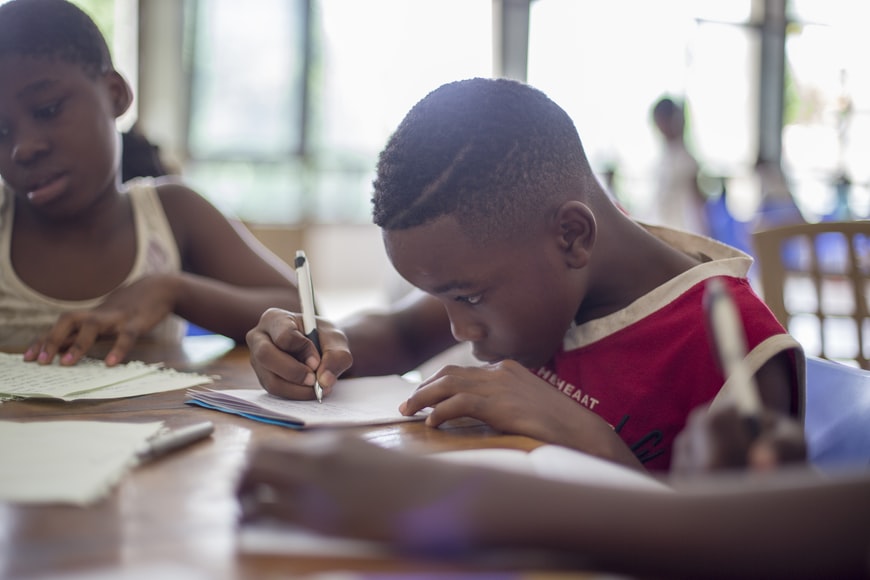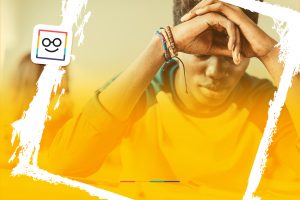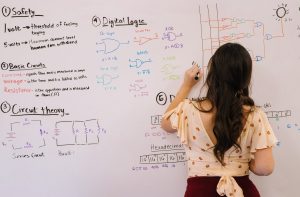
We are a reader-supported education publication. When you buy through links on our site, we may earn an affiliate commission to help us keep providing content.
It’s safe to say that COVID has altered the educational landscape forever, in often unpredictable ways. From remote education to self-led learning, both teachers and students had to navigate the latest education trends with very little guidance. Now, a vast array of books is available to help them better understand and implement new and improved models and systems.
Learn more about the latest trends in education by picking up one — or all — of the following reads.
1. “This Is Not a Test: A New Narrative on Race, Class, and Education” — Jose Vilson
How do you reconcile truths like racism with messages of freedom and democracy? Author Jose Vilson tackles this and other complex questions in his book, “This Is Not a Test.” The NYC middle school math teacher writes about race, class and education through research essays and stories from the classroom. Through it all, Vilson calls for racial and social justice and the reclaiming of the education profession, movements that any sensible teacher could get behind.
2. “Teaching Machines: The History of Personalized Learning” — Audrey Watters
Personalized learning has become a buzzword in recent years, but the concept of adaptive curriculum has actually been around for some time. Delve deep into the history of this learning-teaching style in “Teaching Machines,” a book that looks at the origins of education technology before the digital age. The author also covers topics like bite-sized content, individualized instruction and learning machines in the context of education reform.
3. “Creative Schools: The Grassroots Revolution That’s Transforming Education” — Ken Robinson
Standardized testing businesses are making a fortune off of the American education system. Meanwhile, many schools struggle to make ends meet, with both educators and students suffering under the strain. Perhaps it’s time to rethink this outmoded industrial approach and adopt a more personalized approach to education. Author Ken Robinson argues this point in his book, “Creative School,” a great read that’s full of case histories, groundbreaking research and personal recommendations from those working on the frontline of education reform.

4. “An Educator’s Guide to STEAM: Engaging Students Using Real-World Problems” — Cassie Quigy and Danielle Herro
You might be familiar with STEM, but have you heard about STEAM? Learn all about the art-infused curriculum in this comprehensive guide for K-8 teachers. In it, the authors present a conceptual framework with recommendations, classroom examples and teaching strategies to help students develop real-world, STEAM-related skills. Topics include tech integration, student choice, problem-based learning and teacher facilitation. Each chapter incorporates elements of connected learning to help students learn both hard and soft skills, too.
5. “Blended: Using Disruptive Innovation to Improve Schools” — Michael Horn and Heather Staker
Perhaps you’ve heard of blended learning. This particular classroom structure pairs self-directed learning with direct teacher instruction to encourage student engagement and student autonomy. Blended learning is becoming more popular in the age of remote learning, so this book is bound to come in handy. Learn how to implement blended learning techniques in K-12 classrooms with this practical field guide. Not only will it unlock the benefits of online learning, but it’ll create a more student-centered learning experience to help kids succeed.
6. “Evolving Education: Shifting to a Learner-Centered Paradigm” — Katie Martin
If you want to dig even deeper into the learner-centered paradigm, pick up a copy of “Evolving Education.” This book explores competency-based learning and looks to students to see which systems work and which ones educators should do away with. Author Katie Martin emphasizes an education that evolves along with students to ensure all learners grow at their own pace and feel empowered to solve problems that affect themselves and others. She also calls for educators to discard biases that fail to serve every learner.

7. “All Learning Is Social and Emotional: Helping Students Develop Essential Skills for the Classroom and Beyond” — Nancy Frey, Douglas Fisher and Dominque Smith
Social-emotion learning remains an important buzzword in classrooms around the world because it turns out that all learning is social and emotional. Learn how to integrate this model into your curriculum with a comprehensive guide for teachers of all subjects and grade levels. Build students’ sense of identity and inspire confidence with a toolbox of smart strategies. This book addresses 33 essential competencies and includes real-life examples to help you navigate the social-emotional pedagogy in your classroom.
Heart of a Student
As an educator, it’s your responsibility to never stop learning. Cultivate the heart of a student and commit yourself to lifelong learning by reading up on the latest trends in education. As long as you keep growing, so will your students.









